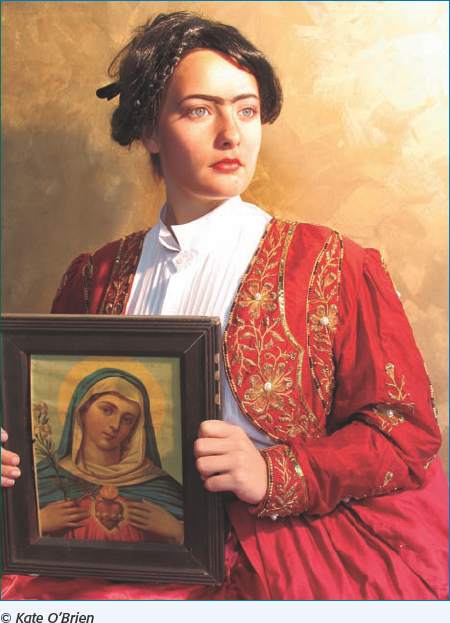Chapter 4. Composing a Portrait

A portrait is one of the few photographic scenarios in which you have control over virtually every aspect of the situation. You can't make a rock tilt its head or ask a plate of limes to bend itself more agreeably toward the camera. You can't ask a table to stand on its head or a building to round its shoulders. You can ask all of your models, expect maybe the infants and pets, to perform these tasks, and as a rule they will comply. It's a photographer's dream world; a situation where it's just you, your imagination, and a blank canvas.
A portrait is a photograph, of course, and photographs have certain compositional guidelines or rules that are almost universally applicable. Almost is a very critical word in that sentence. Overall composition is a personal artistic matter, naturally, but many guidelines have been developed over the years that are generally accepted as being "more right than wrong," or, to put it more bluntly, more appealing to a broader range of people.
There is no set of specific instructions and you can't plan a portrait from a rule book, but I do believe the photograph that you imagine should be compared against the common rules. Even if you get it out of the camera and all you can think to say is, "Wow, this is perfect, I love this!" it is sometimes pretty surprising what a little shift this way or that way does for the overall quality ...
Get Digital Portrait Photography and Lighting: Take Memorable Shots Every Time now with the O’Reilly learning platform.
O’Reilly members experience books, live events, courses curated by job role, and more from O’Reilly and nearly 200 top publishers.

